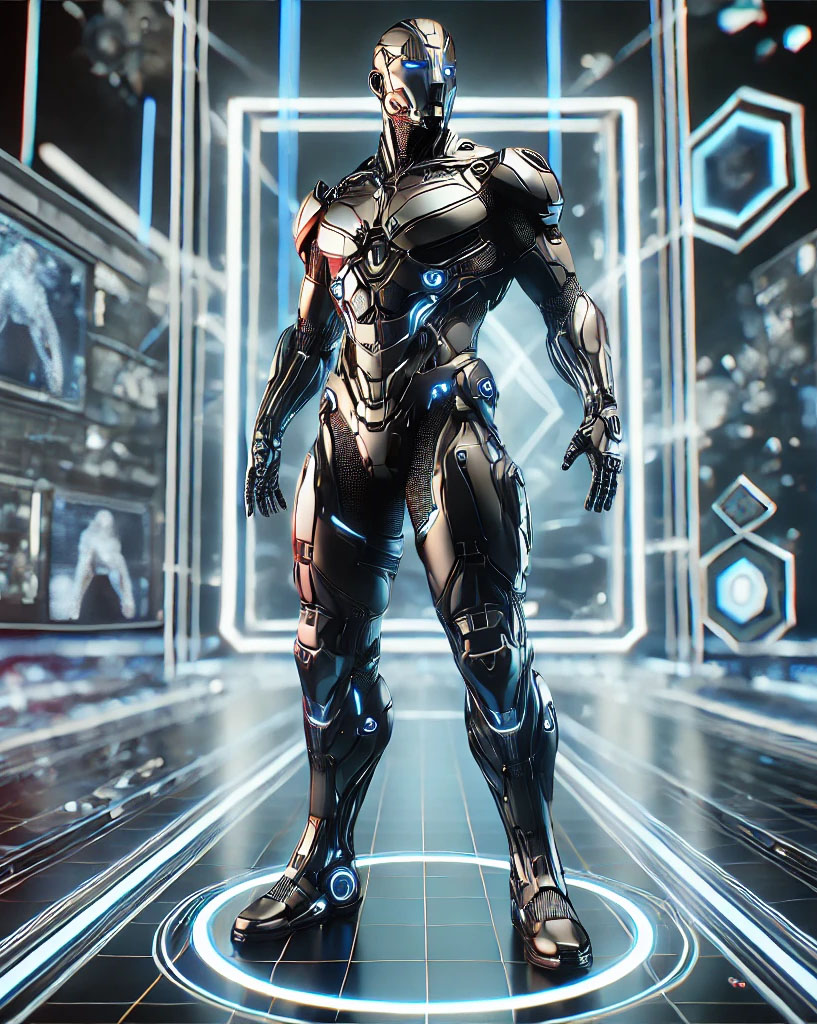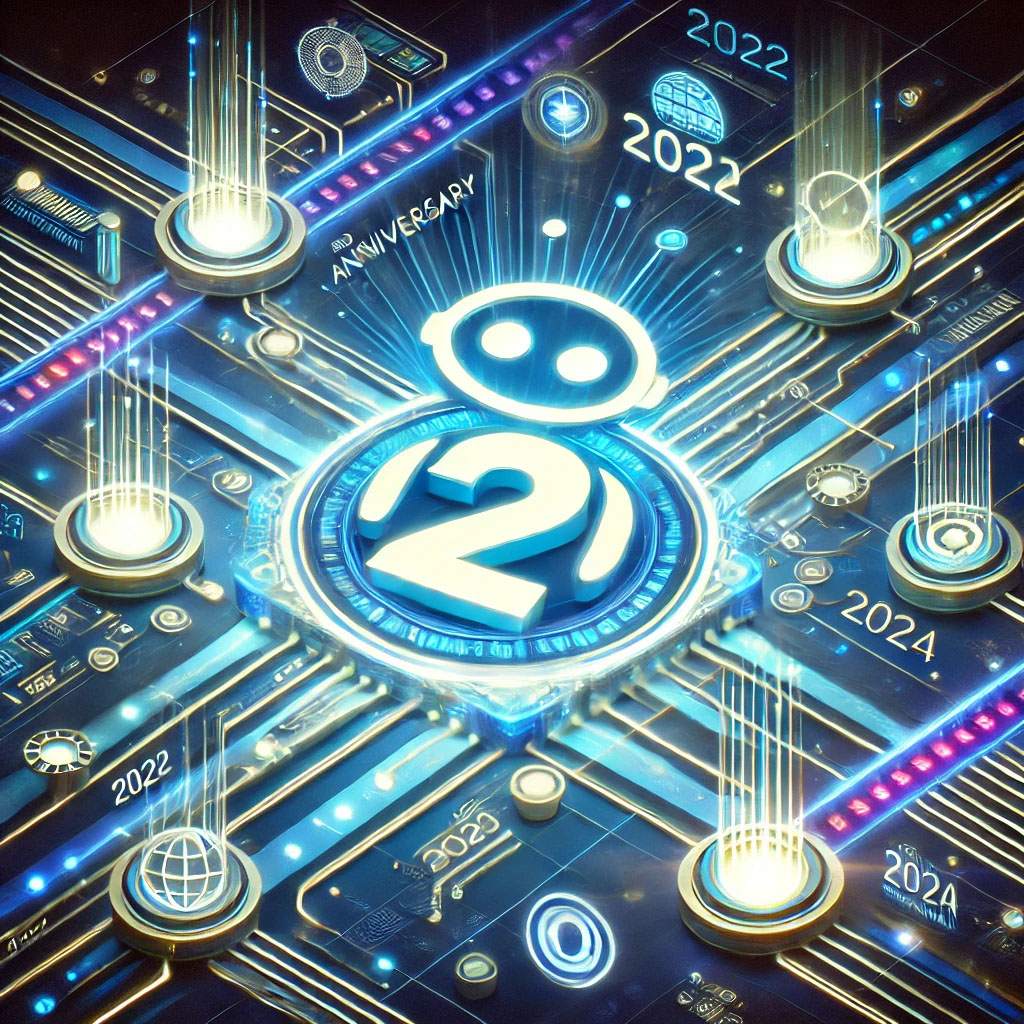November 30, 2022, marks a historic date in the tech world: the official debut of ChatGPT, the AI-powered chatbot developed by OpenAI. Today, two years later, it’s time to reflect on the incredible progress achieved, the challenges faced, and what the future may hold for this groundbreaking technology.
ChatGPT: Two Years of Innovation and Growth
Since its launch, ChatGPT has quickly gained prominence in the tech landscape, evolving from a simple conversational tool into a versatile and powerful assistant. Its applications range from education to customer support, content creation, and programming. But what made all of this possible?
1. Evolution of the Language Model
The model behind ChatGPT, known as GPT (Generative Pre-trained Transformer), has been continuously improved. From GPT-3 to GPT-4, OpenAI has introduced significant updates, enhancing the chatbot’s ability to understand and generate more natural, context-aware, and useful responses.
2. Personalization and Control
A critical aspect of ChatGPT’s success has been its ability to adapt to specific needs. With the introduction of customized modes and tools to control creativity, users can now configure the chatbot for professional or personal applications.
3. Collaborations and Integrations
Over the past two years, OpenAI has partnered with leading companies and tech platforms, making ChatGPT available on messaging apps, enterprise software, and even IoT devices.
Challenges and Responsibilities
Despite its success, ChatGPT hasn’t been without criticism and challenges. Among the main issues:
Bias and Misinformation: Ensuring that responses are balanced, accurate, and free from bias is an ongoing challenge.
Privacy and Security: Managing sensitive data remains a priority, with OpenAI committed to implementing policies and tools to protect user privacy.
Accessibility: Expanding access to the chatbot in terms of supported languages and costs is essential to make it truly universal.
Looking Ahead
The future of ChatGPT appears bright and full of potential. Here are some predictions and goals:
1. Advanced Integration with Multimodal AI
Combining text, images, audio, and video will enable ChatGPT to become an even more comprehensive and intuitive assistant.
2. Greater Human Involvement
OpenAI is exploring ways to allow users to participate directly in the model’s development and training, improving its transparency and effectiveness.
3. Vertical Applications
From education to healthcare, ChatGPT could be optimized for specific sectors, offering targeted and high-value solutions.
4. Future Projects and Innovations
Potential future initiatives include:
Specialized Virtual Assistants: Creation of chatbots tailored to specific sectors such as psychological support, legal advice, and professional coaching.
Language and Cultural Expansion: Enhancing linguistic capabilities to better support local dialects and cultural contexts.
Physical Interaction with Robots: Integrating ChatGPT with physical robots to create assistants capable of interacting in the real world, such as in homes or workplaces.
Collaborative AI: Platforms that allow multiple AI models to collaborate, improving the efficiency of complex projects.

Two years after its launch, ChatGPT is not just a chatbot but a symbol of how artificial intelligence can transform our daily lives. As we celebrate this milestone, it’s clear that ChatGPT’s journey is just beginning. With increasingly rapid technological developments and a constant commitment to responsible innovation, the future of ChatGPT and AI looks more promising than ever.
Happy 2nd anniversary, ChatGPT: may this be the start of many more exciting chapters in the world of artificial intelligence!








Leave a Comment